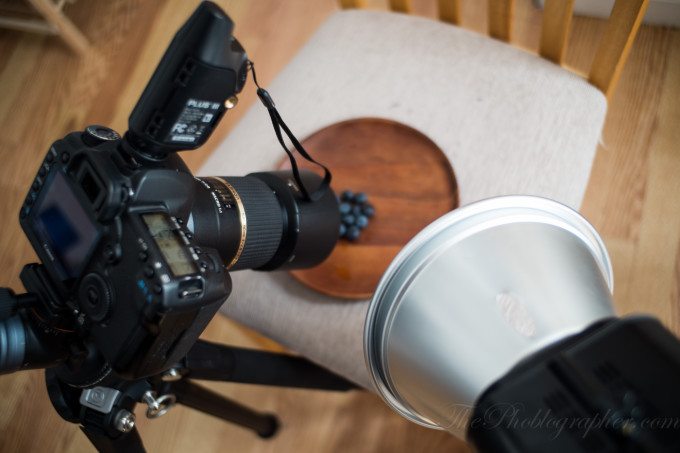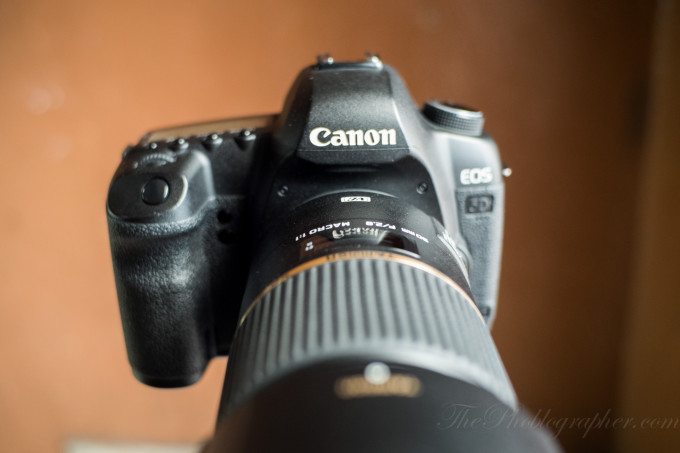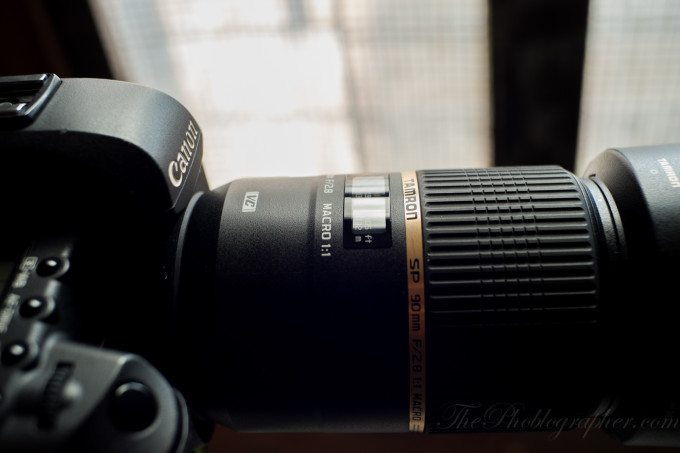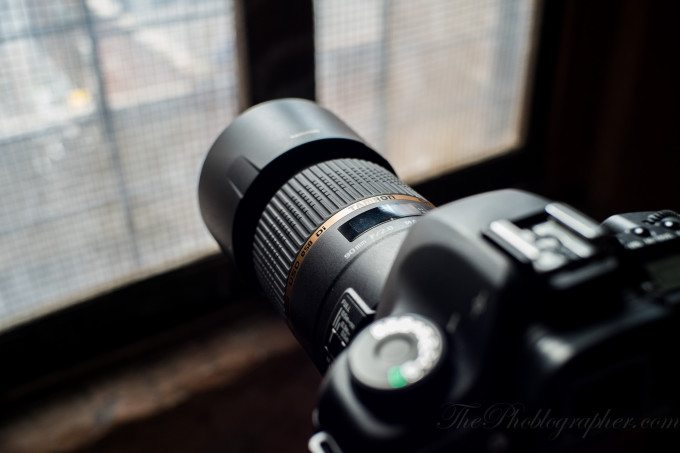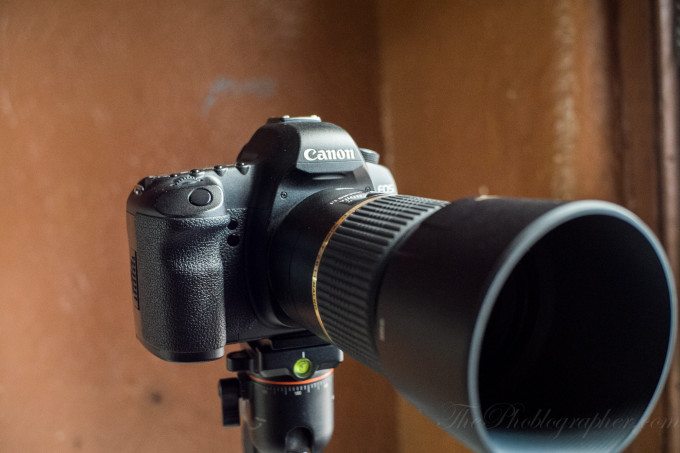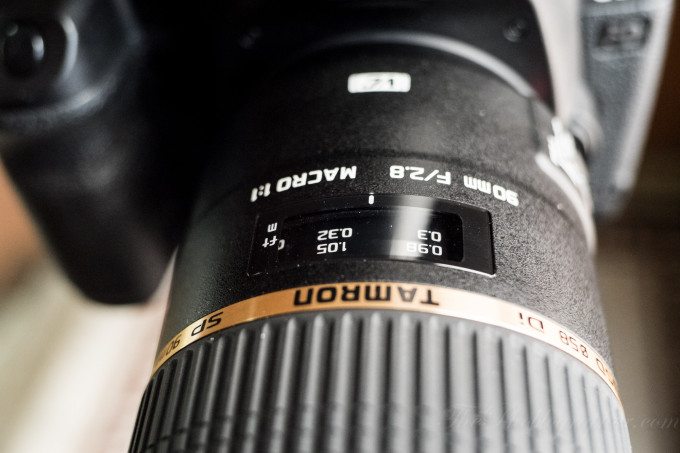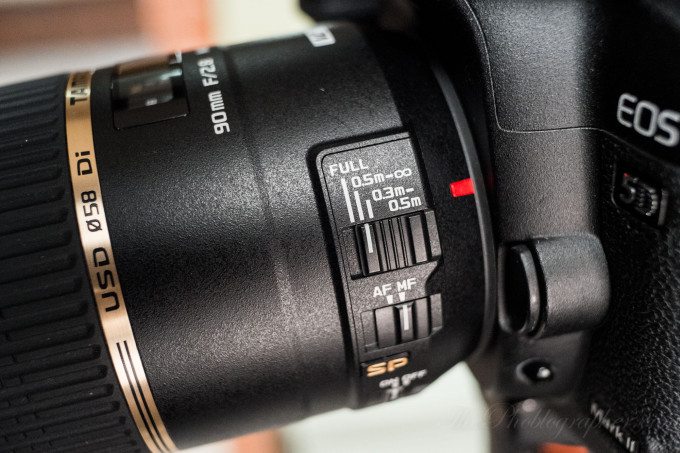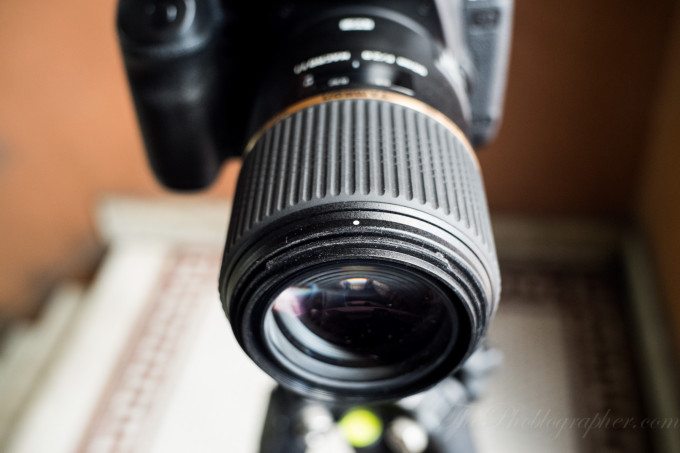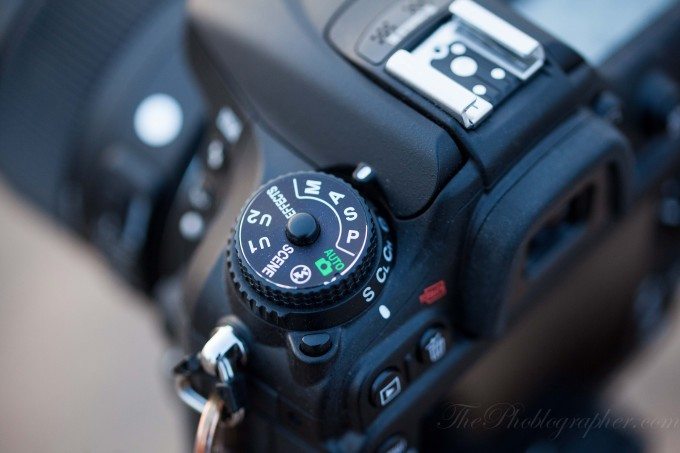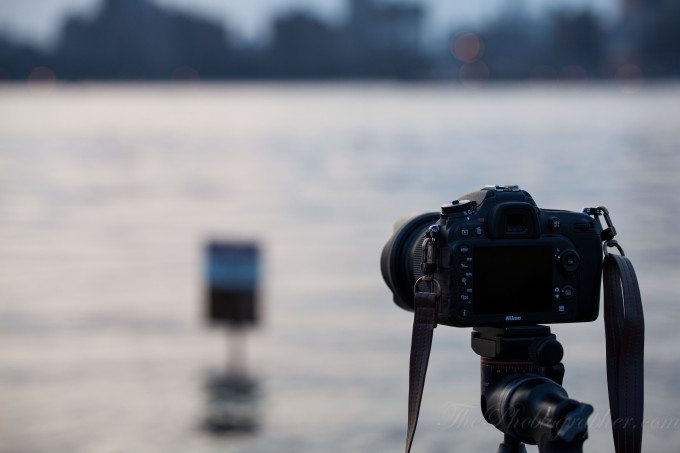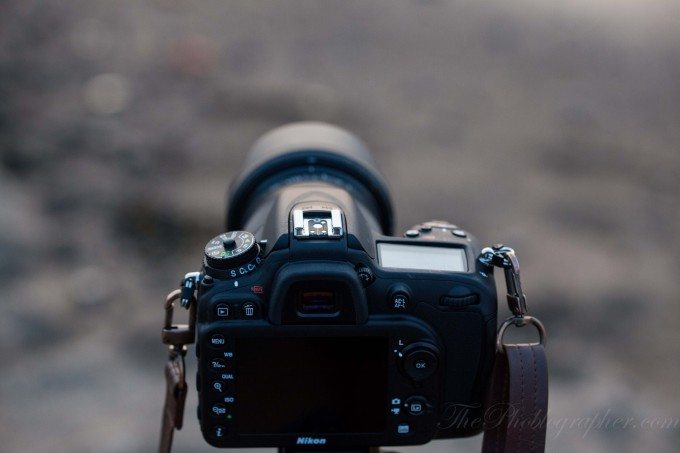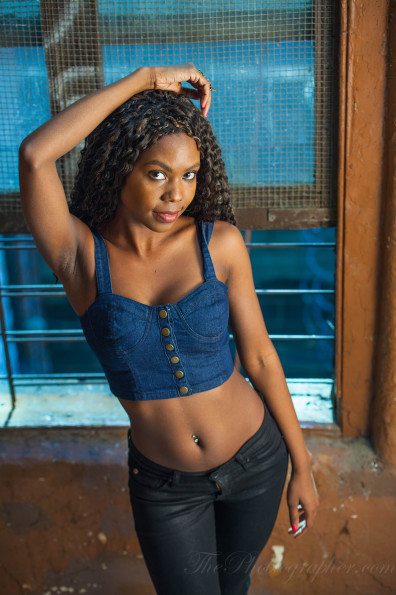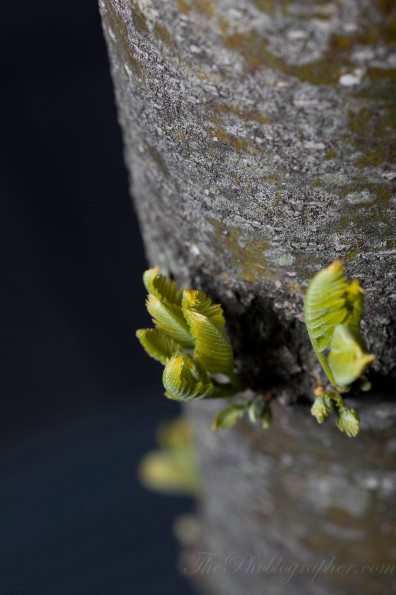Last Updated on 04/29/2013 by Chris Gampat
Tamron recently refreshed their 90mm Macro lens to include VC–the company’s vibration compensation/image stabilization. We saw it perform very admirably in their new 24-70mm f2.8 lens and so naturally we went into the 90mm f/2.8 SP Di MACRO 1:1 VC USD review with high expectations. Prime lenses like this are known for their high image quality, but macro lenses are designed to be even sharper for the simple reason that many may stop down quite a bit in order to get subjects in focus.
Editor’s Note: in a previous version of this article, we stated that there is no weather sealing. After talking to Tamron, we learned that there is. We apologize for the confusion.
Pros and Cons
Pros
– Extremely sharp image quality
– Beautiful bokeh
– Simple design
– Fairly compact for a long lens
– Extremely light
– Included lens hood just makes the images look so much nicer
– Fast focusing except when going down to the macro levels
– Very affordable
– Weather sealing
Cons
– Our version needed a bit of micro-adjustment
– We wish there was weather sealing incorporated into the lens
Gear Used
In this review we used the Tamron 90mm f2.8 VC with the Canon 5D Mk II, Vanguard Auctus Plus 383CT with GH-100 Pistol Grip Head, Phottix Mitros flash, Rogue Flash Bender, Paul C Buff Einstein E640, Phottix Odin TTL triggers, and Pocket Wizard Plus III triggers.
Tech Specs
Specs taken from the B&H Photo Video listing of the lens.
| Features | |
|---|---|
| Image Stabilization | Yes |
| Autofocus | Yes |
| Tripod Collar | None |
| Physical | |
|---|---|
| Filter Thread | Front: 58 mm |
| Dimensions (DxL) | Approx. 3.01 x 4.51″ (76.4 x 114.5 mm) |
| Weight | 19.40 oz (550 g) |
Ergonomics
The Tamron 90mm f2.8 VC is designed very much not only like many of Tamron’s other lenses, but also like the lenses of other manufacturers. There are very basic controls that are large and arranged very intuitively to the point where reaching for the intended setting will become second nature.
The lens is all black and has a mostly smooth exterior texture with some minor bevels for extra grip. This is very different from Sigma’s and Canon’s newest designs with their smooth bodies. Characterizing most of the lens is a big, giant focusing ring that is rubberized and feels very nice to the touch.
Think of a bike tire and then imagine it shrunk down and around a lens–that’s what this ring feels like.
The lens comes bundled with a lens hood as well–which is a neat addition that many manufacturers are now adding in. However, the hood is actually really quite large. It needs to be, though, since this is a macro lens and it focuses so closely.
The lens has a focusing scale but not a depth of field scale on it. To be honest, there is really no point in putting a depth of field scale on a telephoto lens due to the nature of their design. Telephoto lenses exhibit the most bokeh at any aperture due to the longer focal length.
On the side of the lens is the controls that I was talking about. Here the user can control the focusing range, autofocus or manual focus, and the image stabilization.
Many macro lenses have the front element come out very far when focusing on a macro subject. We’re glad to say that this lens has all internal focusing–so you won’t need to worry about that ever.
Build Quality
The exterior of this lens is made of plastic, but the overall build quality of this third party lens is really quite solid. We brought it around in a camera bag that was subjected to bumps and it didn’t suffer a scratch. When you hold the lens, it feels like a lightweight but durable instrument, but we’re still not quite sure just how much of a beating it could take.
If we had to judge though, this lens feels about on par with some medium format quality optics in terms of build quality.
Ease of Use
Point. Shoot. Focus–and enjoy. That’s really all that there is to this lens. The user will have to keep in mind where the switches are on the lens, but that won’t take very long to remember. However, the VC switch is quite far down.
Autofocusing
Focusing this lens was very quick and basically on par with most Canon lenses out there. We tested this lens in both low light and full lighting situations and it always nailed the focusing accurately and sharply.
And when combined with the affordable price, we really can’t ask for anything more.
Image Quality
The overall performance of the Tamron 90mm f2.8 VC is really good. We were not only blown away by the sharpness that this lens provides, but the low levels of color fringing, the creamy bokeh, and just how effective the vibration compensation is. This lens is targeted at a higher end consumer, but we can easily see the professional making great use of this product. Macro lenses with long focal lengths are not only good for macro shooting, but they often also make for being exceptional portrait lenses. And in our testing, the new Tamron lens excelled at that fact as well.
Editor’s Correction: Tamron has targeted this lens at the professional market. However, what we actually meant to say is that even though it is targeted at said professionals, retailers may probably recommend it to higher end consumers.
Bokeh
Nom, nom, nom, nom, nom, nom, nom, nom, nom…oh sorry. Don’t mind us–we’re just enjoying the creaminess of the bokeh that this lens produces. It is indeed not only pleasing, but it makes us drool. And if you’re shooting a portrait, then you’ll be able to take pride in the fact that the out of focus areas will just melt into the photo. Bokeh fiends will go gaga over this lens. Although, we wouldn’t recommend it for the person stepping up from something like a nifty 50 unless they’ve become quite adept at using the lens. No–this is a lens for the experienced user to take full advantage of. Those just getting into Macro might be better off at first working with extension tubes or add-on optics.
The image above was actually shot with artificial light. We kept the ISO down low, set a fast shutter speed, and used the Phottix Mitros with a Rogue Flash Bender above the flower.
Sharpness
We did a simple Macro sharpness test with this lens. In real life use, we felt that it was more than sharp enough for most people. But because this is a macro lens, those particular users are bound to want to know how it performed. Here are our results. As with any lens though, diffraction happens after a while. The lens seems to reach its peak at around f8 and then slowly starts to taper off after this aperture.







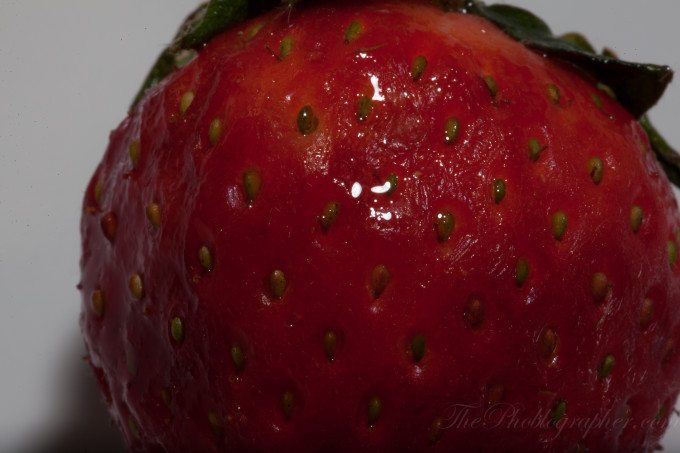
Distortion
We saw no noticeable distortion with this lens. This only makes sense as it is a telephoto optic and telephoto lenses don’t seem to suffer from distortion like wider angle lenses. That is great news for studio photographers who might be doing headshots at one second and then switch to a streamlined studio workflow of product photography in a day.
Color Fringing
We saw some color fringing in our images, but none that we would majorly complain about. Additionally, this problem is easily corrected in Adobe Lightroom. On top of that, any fringing that we saw was not only slight but also kind of added to the look of the image to make it pleasing–that’s just how well controlled it is.
Extra Image Samples
Here are extra samples shot from this camera for your perusal.
Conclusions
Macro lenses are very fun to use. Not only do they give you some outstanding close focusing abilities, but they’re also usually characterized as being extremely good as portrait lenses. In our time with the lens, we couldn’t find a single reason to not purchase this lens if you’re in the market for a telephoto macro optic. One potential flaw may be that one may want an f2 lens instead of f2.8, but keep in mind that you’ll get the best results with this lens (and mostly any lens) if you incorporate the use of flash to emphasize the specular highlights that really make this lens shine.
Indeed, it was a pleasure to use this lens. It breathed lots of life into my Canon 5D Mk II and I’m going to miss the lens. However, I personally don’t shoot enough macro images to justify this purchase. And as far as portrait lenses go, I’m very happy with Sigma’s 85mm f1.4 EX–which is in some ways a competitor to a lens like Tamron’s latest addition.
But in the end, this lens renders color so well, we’re pleased to say that it is right up there with Zeiss and Rokinon. Though the three companies render color totally differently, the colors from this lens will appeal to many pros interested in a lens like this.
You can purchase this lens at Adorama or B&H Photo–and we highly recommend that you do.
Please Support The Phoblographer
We love to bring you guys the latest and greatest news and gear related stuff. However, we can’t keep doing that unless we have your continued support. If you would like to purchase any of the items mentioned, please do so by clicking our links first and then purchasing the items as we then get a small portion of the sale to help run the website.


